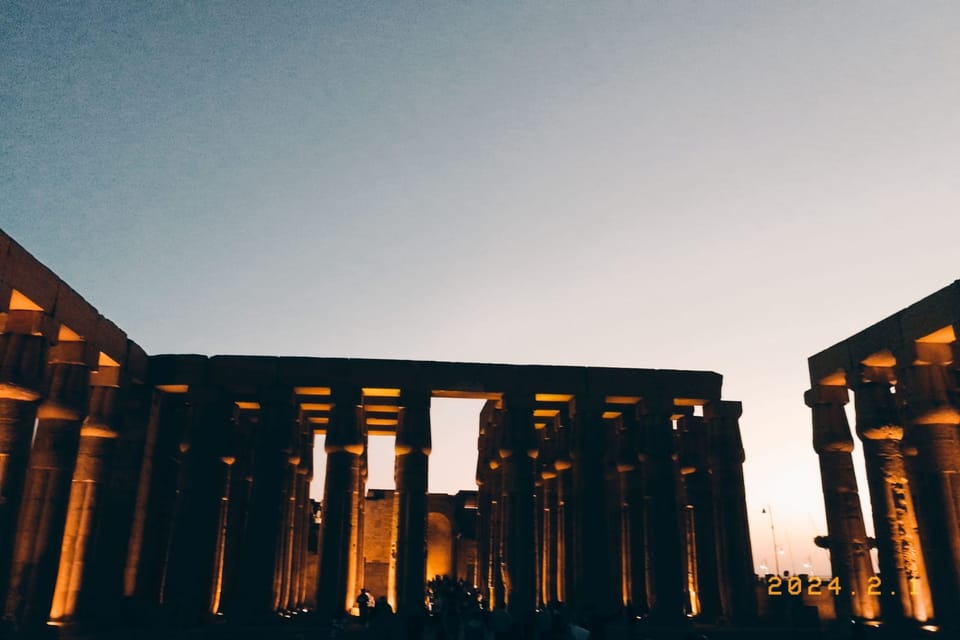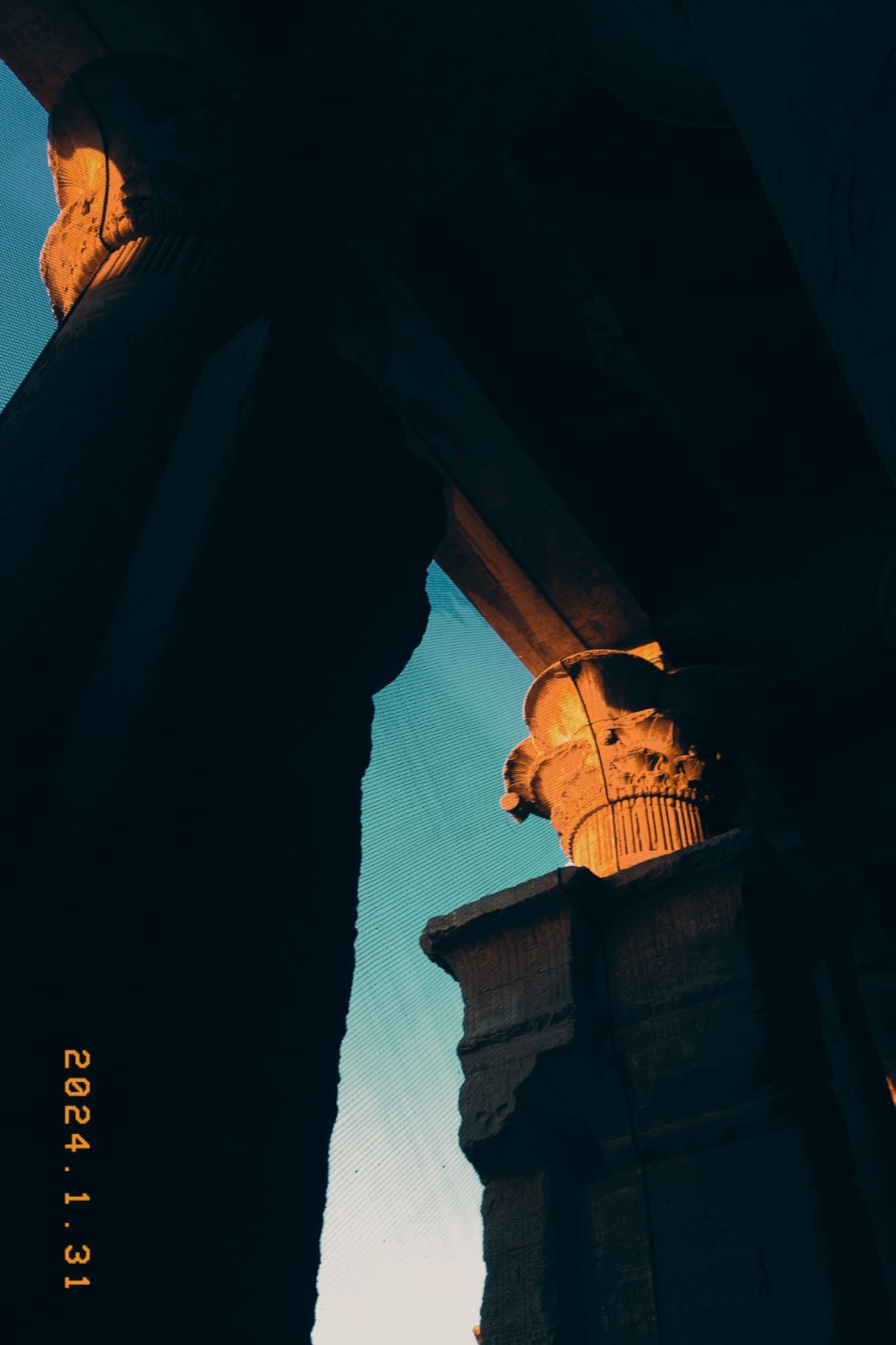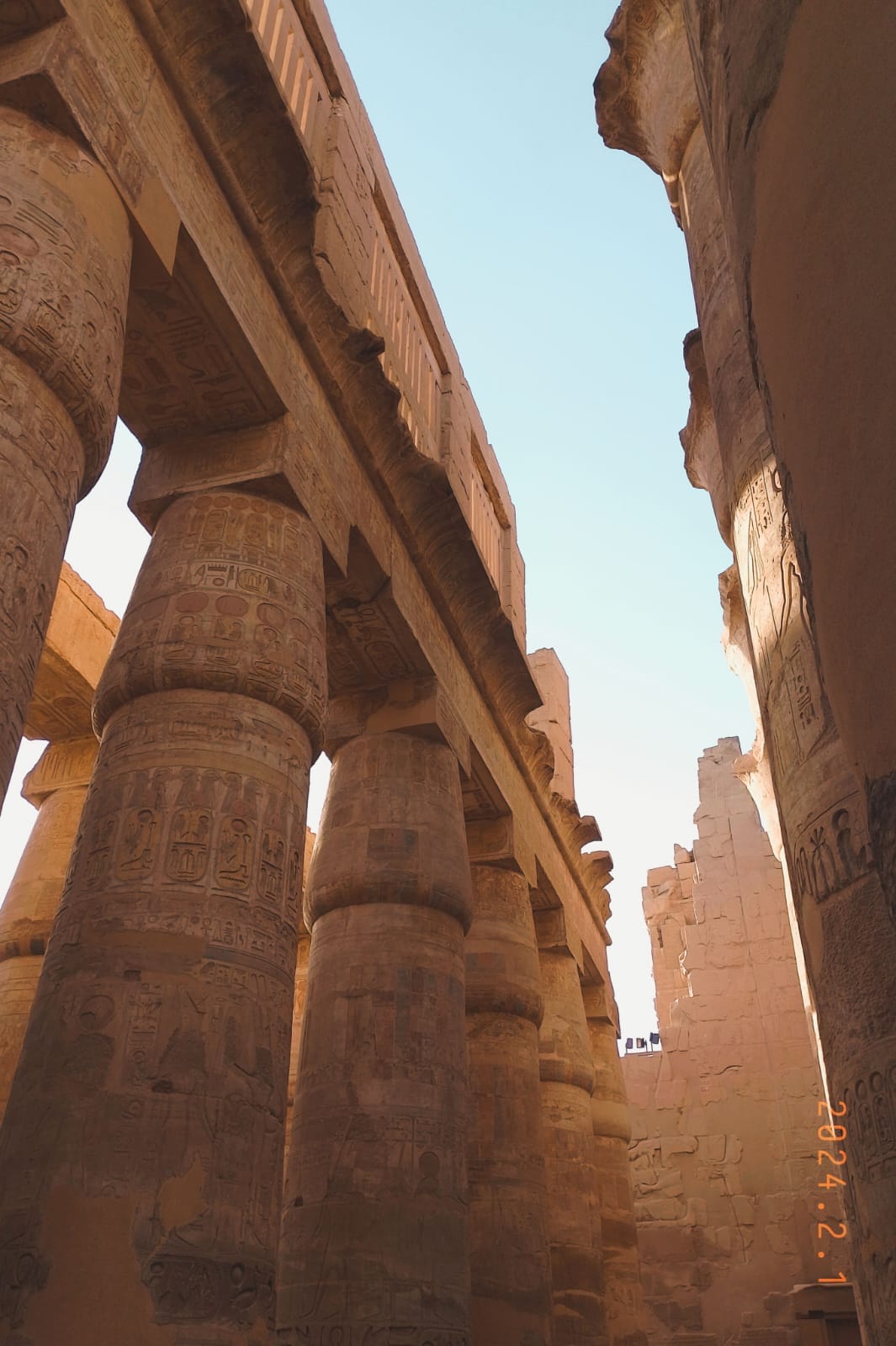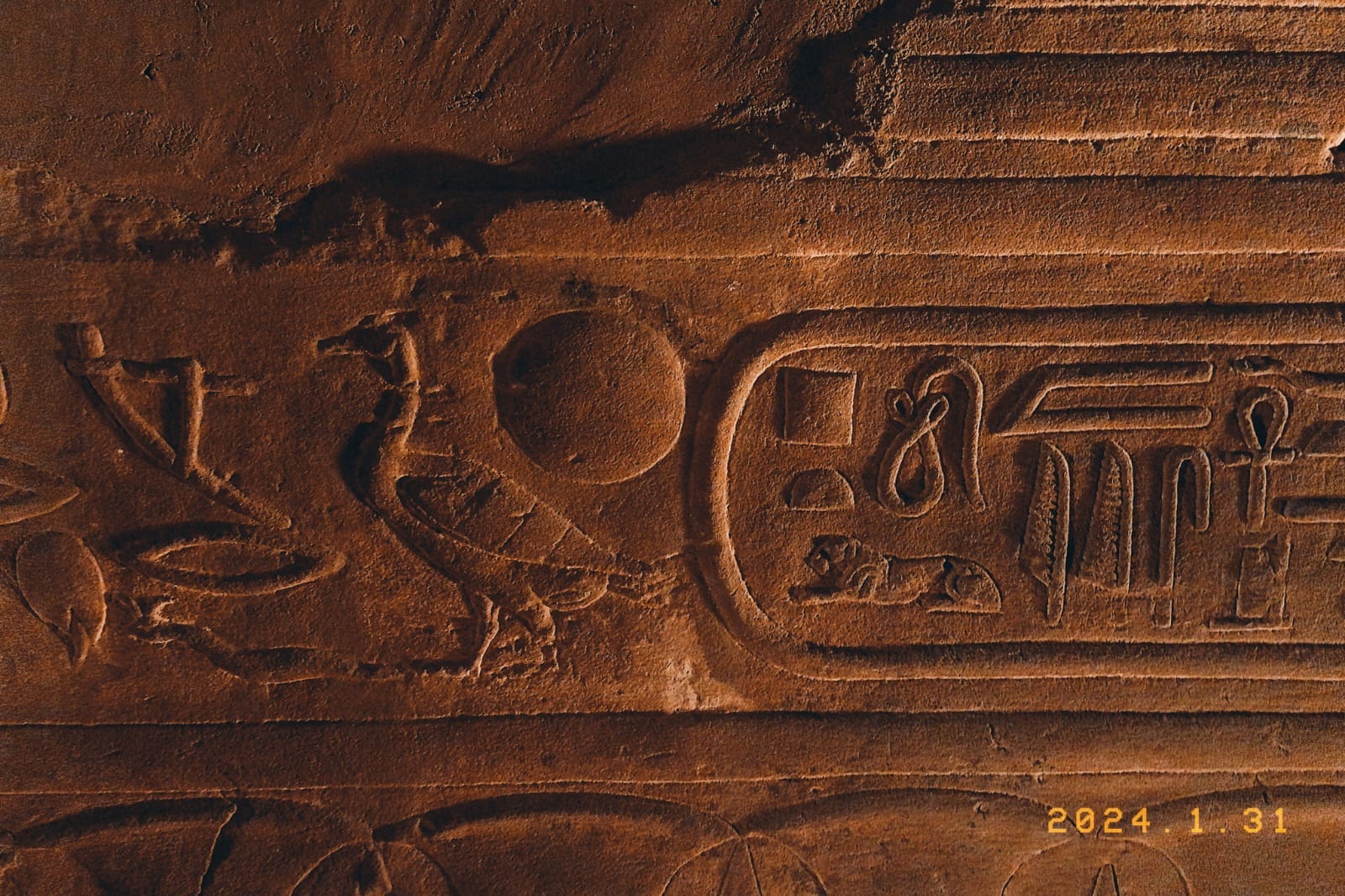Egypt Episode 2 - Decoding the Mysteries of the Egyptian Temples

Hey there 👋
Welcome back to another edition of our weekly travel adventures! This week, we're diving into Episode 2 of my unforgettable Egyptian journey. After the awe-inspiring exploration of the Giza pyramid, I hopped on a sleeper train from Cairo to Aswan, then cruised from Aswan to Luxor. I toured a multitude of temples and the enchanting tombs in the Kings’ Valley. But honestly, I felt a bit overwhelmed; each temple seemed to resemble the next, with scripts on the walls that were as intriguing as they were baffling.
As a solo traveller, I found myself eavesdropping on nearby tour guides explaining in English and Mandarin. But I wasn't content simply snapping pictures without understanding the story behind these fascinating structures.
So, I rolled up my sleeves and dove into a self-study session to decode the mysteries of these Egyptian Temples. This week, I'm thrilled to share my 'Egyptian Temples 101' with you, to equip you with insider knowledge should you wish to embark on your own Egyptian adventure one day. Let's get started!
Reasons for the Egyptians to build Temples
Ever wondered why the Ancient Egyptians poured immense time, resources, and sweat into crafting these awe-inspiring temples? The answer lies at the core of their deeply held beliefs. These temples were sacred stages for worshipping and appeasing their pantheon of gods, with the Egyptians firmly believing that these rituals and offerings were the key to their kingdom's prosperity and well-being.
But these architectural marvels were not just religious hubs. They were vibrant centres of economic and political life, stitching together the societal fabric of Ancient Egypt. They were also linked with the afterlife and the cult of the pharaoh, amplifying their significance.
Now, let's untangle the pharaoh's role in all this. Often viewed as the gods' earthly representatives, the pharaohs had an irresistible urge to invest in these temples. They balanced their roles as rulers and divine mediators. By constructing these temples, they showcased their devotion to the gods and bolstered their legitimacy as rulers. The temples' grandeur was a testament to their power and divine favor, strengthening their authority. In essence, the temples symbolised the harmonious relationship between the pharaohs and the gods, a beautiful dance of divine approval and earthly power.
How should we understand these temples?
Let's discuss some specific parts of the temples, so you won't feel as lost as I did. When you enter an ancient Egyptian temple, you're stepping into what the ancient Egyptians believed was a home for their gods. Think of the grandest, most opulent house you've ever seen, then magnify its splendor and significance - that's what these temples represent!
Here's an interesting fact: the word "Pharaoh", the title we use for ancient Egyptian rulers, originates from the term "per-'o", which translates to "big house". This 'big house' was the administrative center of Egypt. By the 2nd millennium BC, "per-'o" began referring to the king himself.
The Holy of Holies
Venturing deeper into the temple, we discover the 'holy of holies'. This inner sanctum, the most sacred space within the temple, was a place only the pharaoh and the priests had access to. Picture it as the heart of the temple, the divine control room where the gods received their offerings and rituals took place. It was the epicenter of the spiritual energy that flowed through the temple.
The 2 types of Columns
As you wander through the temple, you will come across towering columns, a characteristic feature of Egyptian architecture. Two types dominate the scene: Lotus Columns and Papyrus Columns.
The Lotus Column, inspired by the lotus flower, is a sight to behold. The column's capital (the top part) was shaped like an open lotus blossom, with its petals unfurled. The lotus flower held deep symbolic meaning for the Egyptians, representing rebirth, purity, and creation. It was associated with the sun and the cycle of life, and its use in temple columns conveyed a sense of divine presence and sacredness.

The Papyrus Column, on the other hand, is modeled after the papyrus plant, which was abundant along the Nile River. The bundled shoots at the top of the column are meant to mimic the head of the papyrus stalk, symbolizing growth, vitality, and prosperity.

The Scripts on the Walls
When you find your eyes drawn to the intricate scripts adorning ancient Egyptian temple walls, remember that these are not just decorative flourishes. They represent a form of storytelling, a written record of the beliefs, mythology, and cultural practices of an ancient civilization. These early hieroglyphs, known as the sacred or stele script, are akin to a time capsule of history. With over 1000 separate pictographs, these scripts, similar to Chinese phonograms, offer a glimpse into the rich tapestry of ancient Egyptian life.

Over time, the sacred script, while aesthetically appealing with its meticulously crafted and colored text, was found to be complex to write. This led to the creation of a simpler script used by priests in informal settings, known as the "priest script". This shift mirrors a similar transition in the Chinese Han Dynasty, where the need for quick record-keeping led to the development of cursive script from neatly arranged official script.
Interestingly, even the priest script was too intricate for the general public in ancient Egypt, leading to the development of an even simpler script known as the "secular script". This was used in most ancient Egyptian business contracts and personal letters, and by the end of the ancient Egyptian civilization, it was even utilized in official documents. The evolution of these scripts, from sacred to secular, is a fascinating journey into the practical adaptations of a civilization over time - a journey that echoes the evolution of Chinese script.
The Wrap
And there you have it - your personal guide to diving deep into the mystic world of ancient Egyptian temples! With each step you take in these awe-inspiring structures, you'll now have your own decoder ring - unlocking the secrets of their construction, scripts, and the heartbeat of a civilization that once was. Journeying into different cultures isn't just a trip - it's a roller coaster through the rich diversity and striking similarities that make our world a vibrant tapestry. So, pack your bags, your curiosity, and a spirit for adventure - let's keep exploring, keep learning, and keep uncovering the stories that make our world a fantastic treasure hunt!
Ciao,
Sherman
Sources that I reference to:
“The History of Ancient Egypt” by Shereen Ratnagar
“A History of Egypt: From Earliest Times to The Present” by Jason Thompson
An Introduction to Ancient Egyptian Temples - Sailingstone Travel
The Hidden Secrets & Treasures of Ancient Egyptian Temples (unitedguidestravel.com)
Stone Columns - Egyptian, Lotus Bud Dimensions & Drawings | Dimensions.com

Member discussion